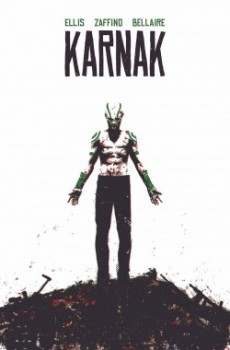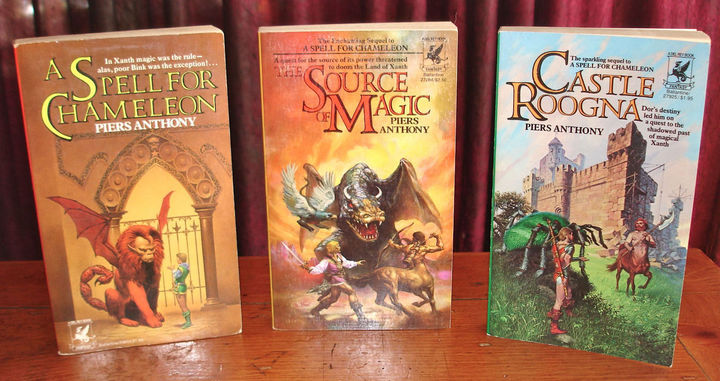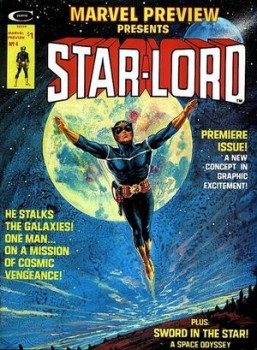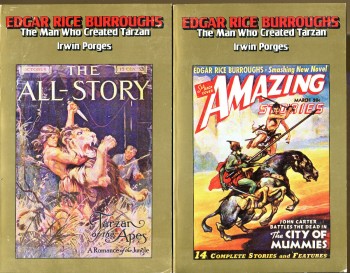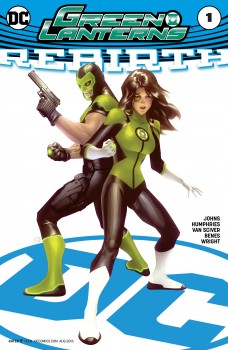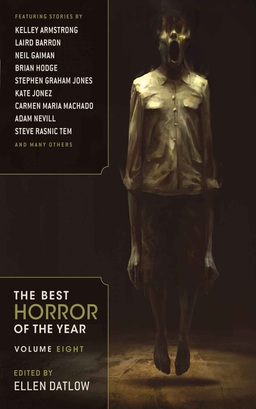 Despite me not being a horror writer (or much of a reader, or a movie watcher), it surprises me that about a quarter of my posts end up touching on horror in some way. That being said, I am trying to crack to horror code, to see what makes it work, mostly because I’d love to have additional tools in my writerly toolbelt, and partly because I just like to figure stuff out.
Despite me not being a horror writer (or much of a reader, or a movie watcher), it surprises me that about a quarter of my posts end up touching on horror in some way. That being said, I am trying to crack to horror code, to see what makes it work, mostly because I’d love to have additional tools in my writerly toolbelt, and partly because I just like to figure stuff out.
I recently finished reading Ellen Datlow’s The Best Horror of the Year, Volume 8 and thought I’d put my musings to paper (or electrons). In the interests of full disclosure, I appeared in her Best Horror of the Year, Volume 6 and may have gotten an honorable mention in Volume 2. That being said, I’ve got no other interest in this book — I just wanted to read the anthology and talk about it. Make of that what you will.
Now, it doesn’t take much of a definitional search to find the totally intuitive statement that horror fiction seeks to provoke shock, fear, repulsion or loathing. A bit more searching unearths the definition of weird fiction, the cousin of horror, which blends horror, fantasy and science fiction. I’m not trying to be academic or coy with my thoughts on Datlow’s 8th Best of the Year. This kind of grounding was necessary (for me) to fully take in what I was reading.
Why’s that? Ask most anthologists (or for that matter magazine editors who put 8-12 stories per month in an issue) what their concerns are, very often you’ll hear balance.
When I read a Gardner Dozois Year’s Best SF, I know he will balance space opera, with near future, with far future, with alternate history, with literary SF, with military SF, etc, etc. That is to say, like SF, horror has its own sub-genres and each one comes with its own conventions. You may be very disappointed if you read a literary SF story expecting to apply the conventions of military SF to your reading. I didn’t want my inexperience with the horror field to detract from my read of this year’s best.
…
Read More Read More
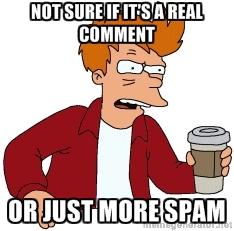 This week, my friend Marie looked at my website because I didn’t know what I was doing. You may recall that one of the reasons I blog at Black Gate magazine is because I assume no one would ever read anything I put on my personal web page.
This week, my friend Marie looked at my website because I didn’t know what I was doing. You may recall that one of the reasons I blog at Black Gate magazine is because I assume no one would ever read anything I put on my personal web page.
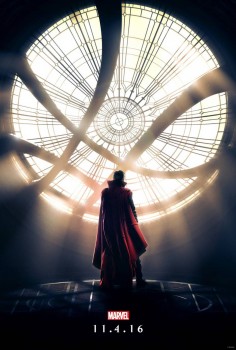
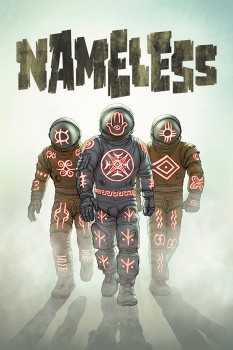
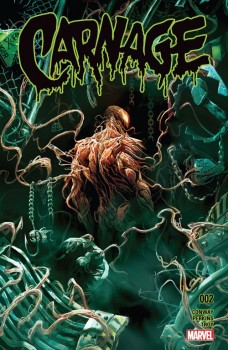
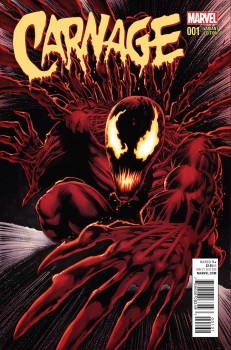 I’ve been thinking about horror again, as a genre. I’ve been trying to read some Cthulhu stuff; I’ve reread some Image and Marvel horror comics; and I’ve also recently read Ellen Datlow’s Best Horror of the Year #8. Lots to mull over.
I’ve been thinking about horror again, as a genre. I’ve been trying to read some Cthulhu stuff; I’ve reread some Image and Marvel horror comics; and I’ve also recently read Ellen Datlow’s Best Horror of the Year #8. Lots to mull over.